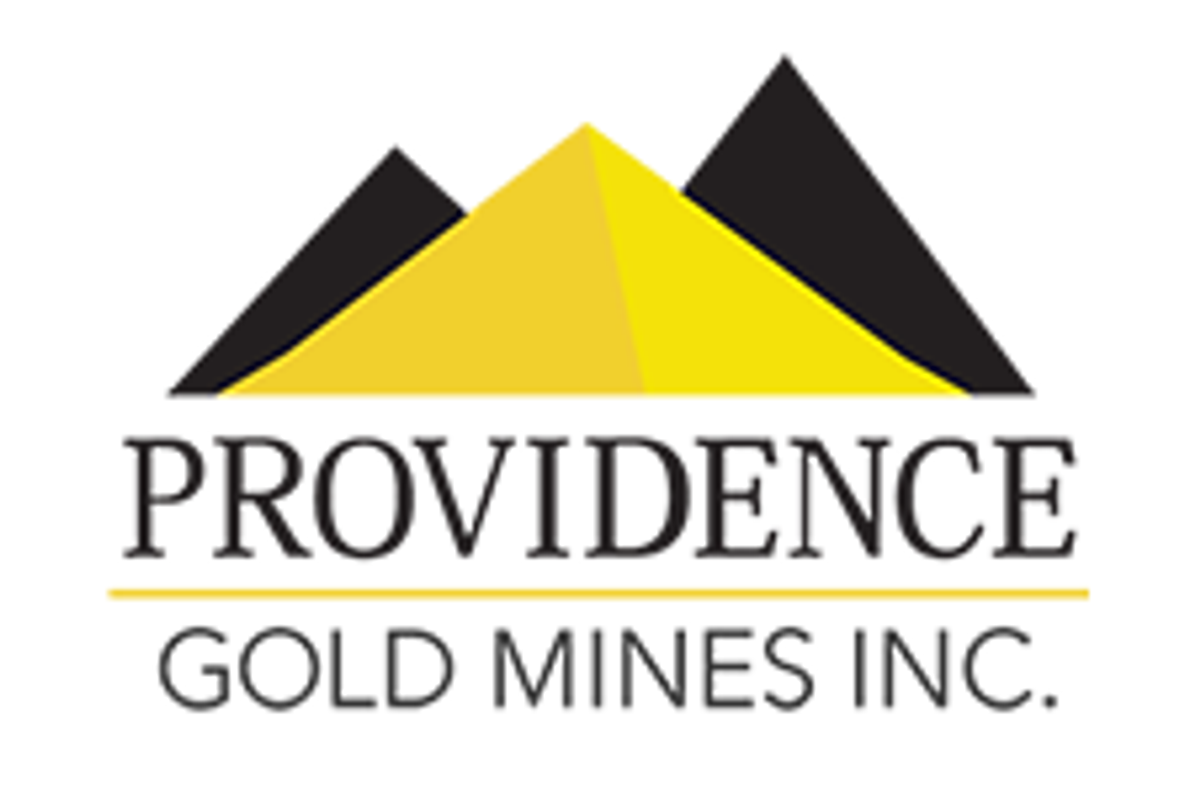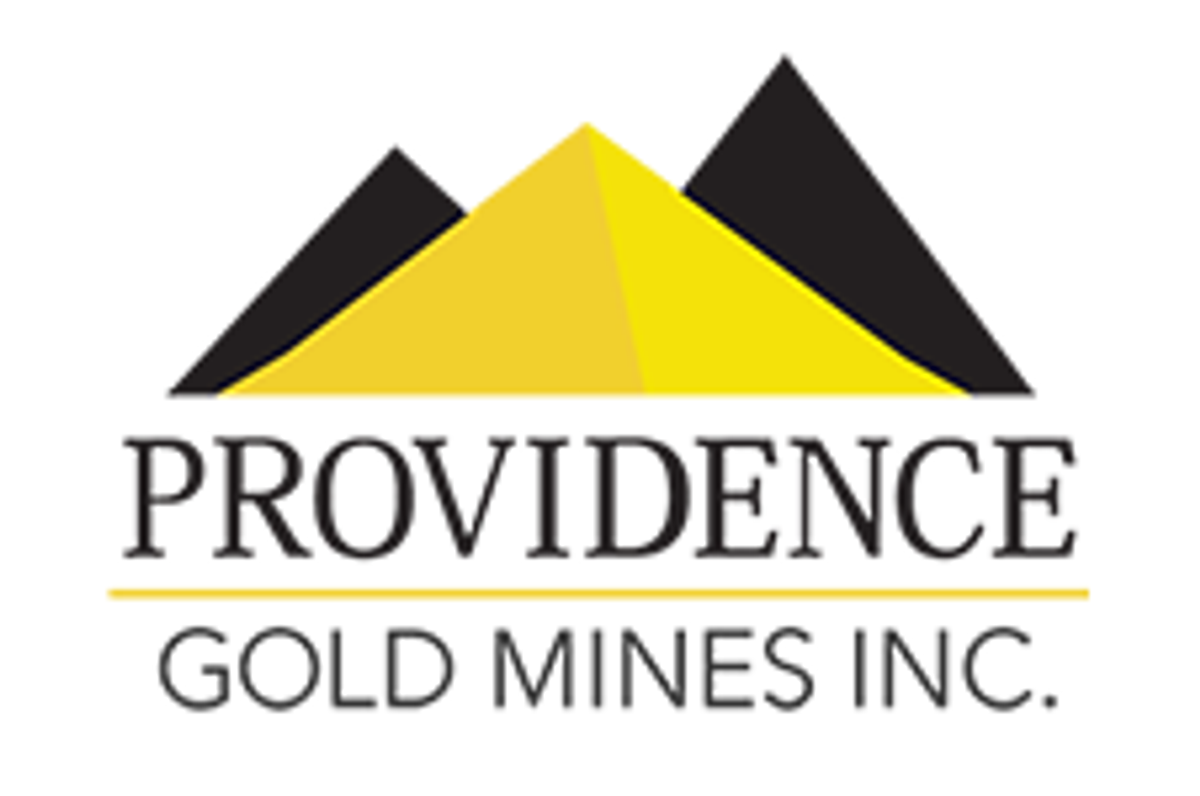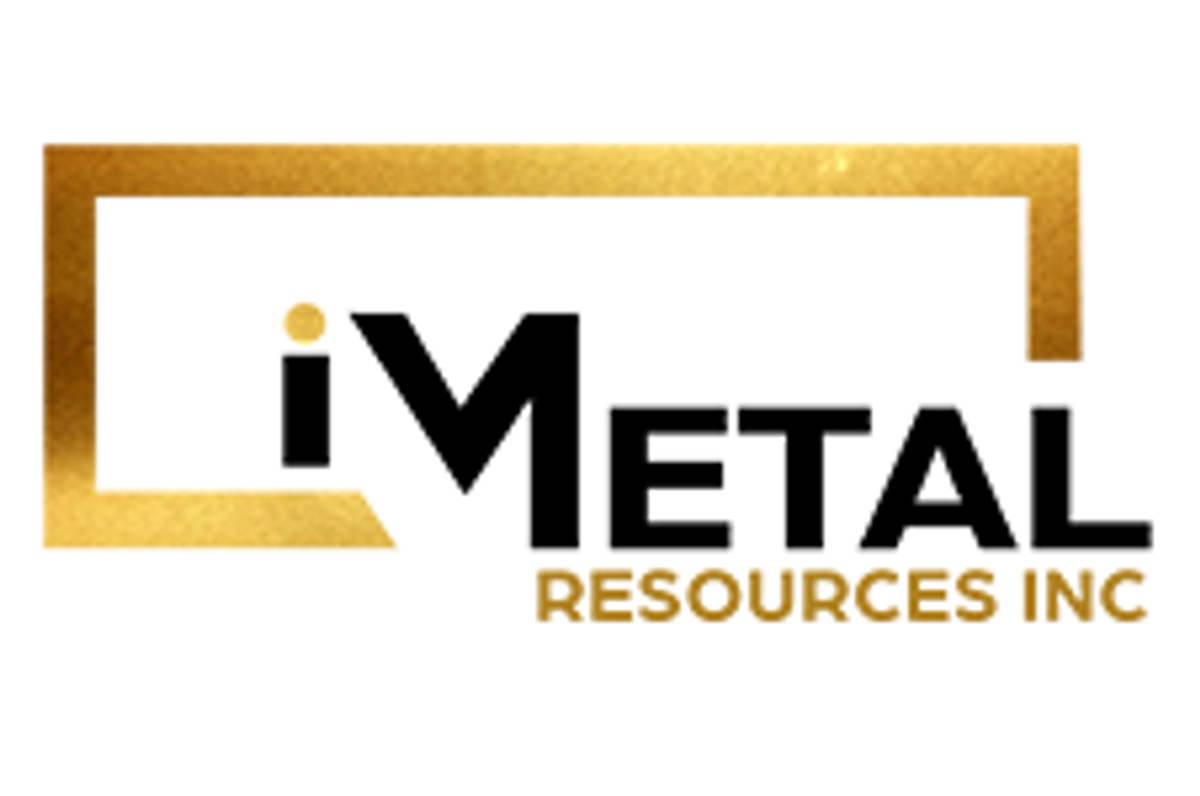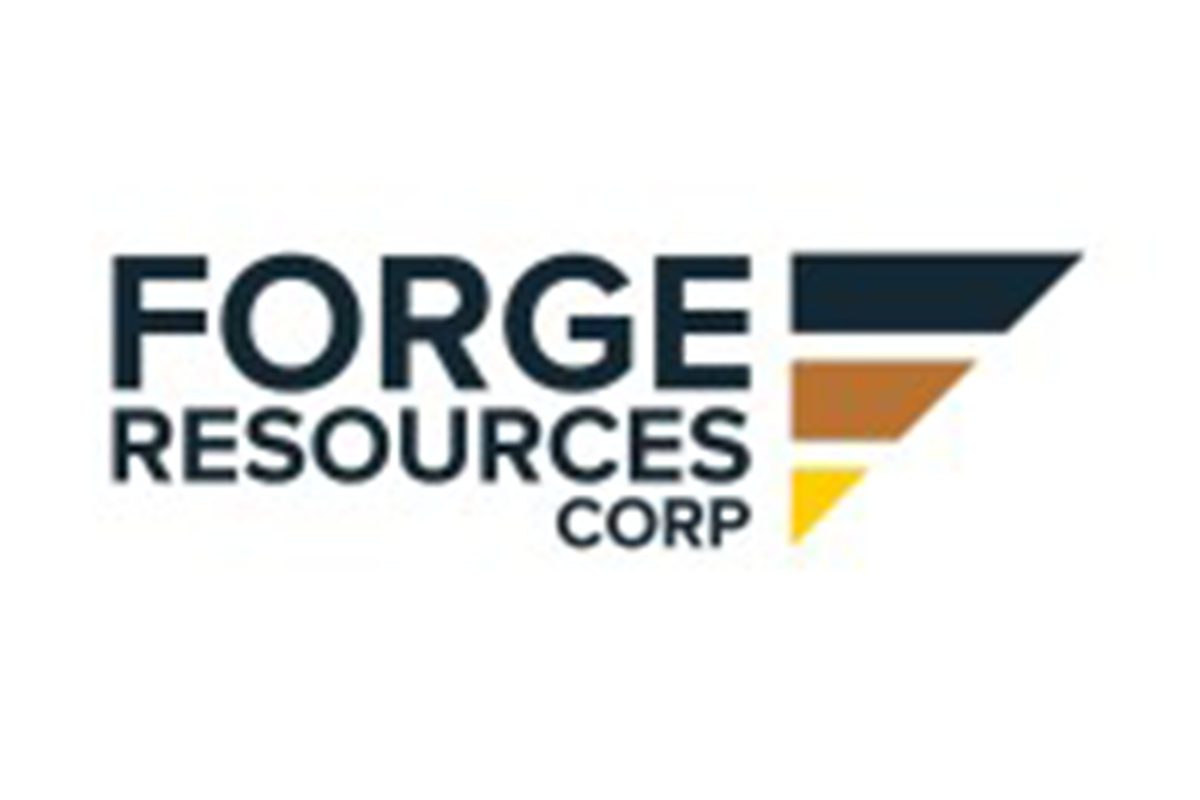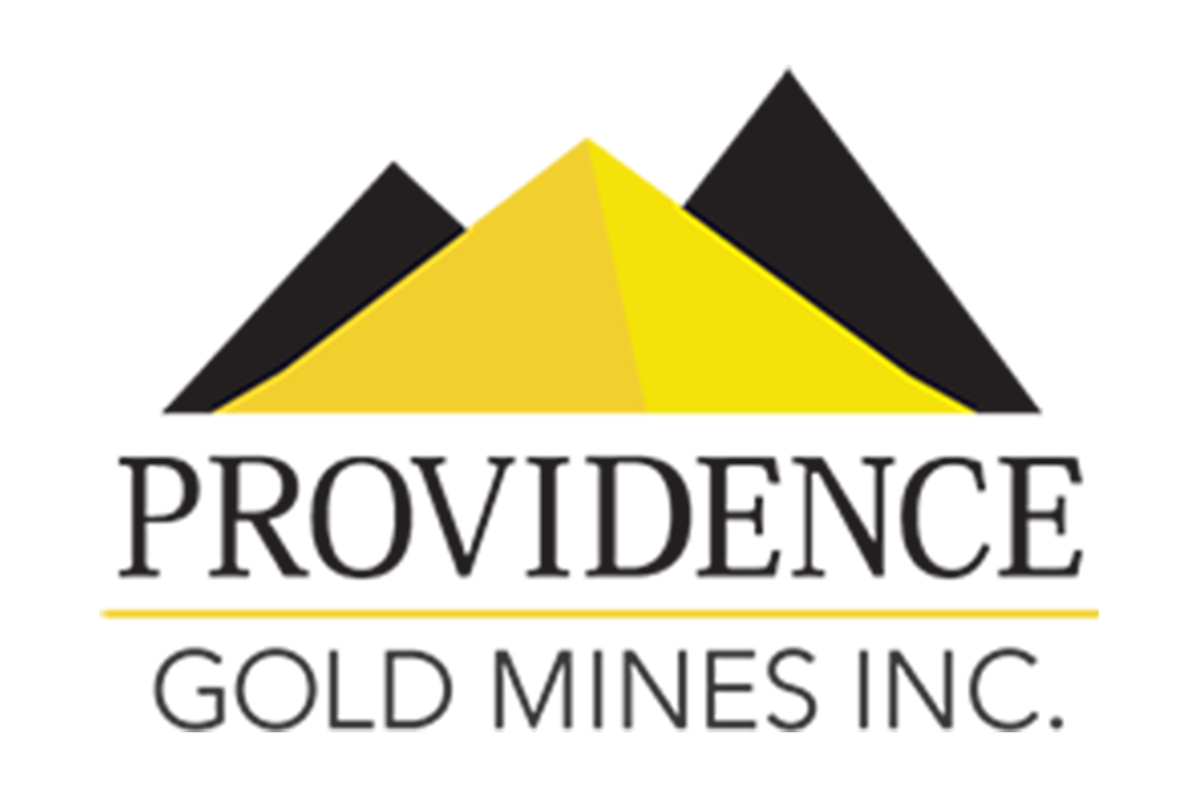
February 11, 2025
With a portfolio of past-producing gold assets with a resource potential of 1 to 4 million ounces, Providence Gold Mines (TSXV:PHD,OTCQB:PRRVF,GR-FRANKFURT:7RH1) is a compelling investment opportunity for those seeking exposure to high-potential gold assets amid a current gold bull market.
Providence Gold Mines focuses on revitalizing the historic Providence Group of Mines. The company aims to unlock the potential of its high-grade gold deposits within the Mother Lode Gold Belt in Sonora, California. This prolific gold district has historically reportedly produced over 128 million ounces of gold, making it one of North America's most significant gold-producing regions.
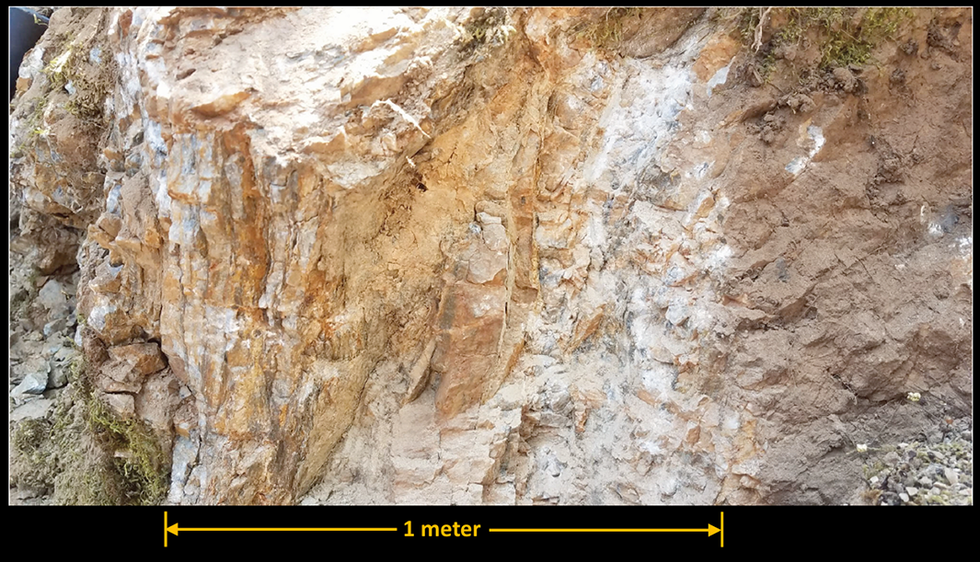
The Providence Group of Mines consists of seven patented mineral claims: Bonita, Consuelo, Fair Play, Good Enough, McCarthy, Mexican and Providence. With a portfolio of past-producing gold mines, high-grade drill targets, and a near-term pathway to production through stockpile processing, the company is poised to generate significant value for shareholders.
Company Highlights
- Providence Gold controls a portfolio of gold mines in Tuolumne County, California, situated in the heart of the historic Mother Lode district, a region that has produced over 128 million ounces of gold to date.
- The Providence Group of Gold Mines, consisting of seven patented staked mineral claims, was historically a high-grade producer, with reported grades grossly exceeding 1.0 oz/ton.
- The company has identified gold-bearing stockpiles from historical operations that could provide an immediate cash-flow opportunity through simple gravity-based processing.
- Utilizing 3D terrestrial LIDAR laser scanning technology and traditional exploration methods, Providence Gold has identified new high-grade drill targets beneath and between historical stopes, supporting a resource potential estimate of 1 to 4 million ounces.
- The company has outlined a 4,000-meter core drilling program, targeting high-grade zones identified through 3D modeling, trenching and soil geo chemistry and traditional mapping.
This Providence Gold MInes profile is part of a paid investor education campaign.*
Click here to connect with Providence Gold Mines (TSXV:PHD) to receive an Investor Presentation
PHD:CC

Sign up to get your FREE
Providence Gold Mines Investor Kit
and hear about exciting investment opportunities.
- Corporate info
- Insights
- Growth strategies
- Upcoming projects
GET YOUR FREE INVESTOR KIT
The Conversation (0)
07 October
Providence Gold Mines
Unlocking untapped, high-grade gold deposits in the historic Mother Lode Gold Belt in California
Unlocking untapped, high-grade gold deposits in the historic Mother Lode Gold Belt in California Keep Reading...
11 December
Providence Gold Mines Inc. La Dama de Oro Gold, Bulk Sample and Financing Update
(TheNewswire) VANCOUVER TheNewswire - December 11, 2025 Providence Gold Mines Inc. (TSX-V: PHD) (" Providence " or the " Company ") is extremely pleased to announce that it has entered into an underground mining lease agreement (the " Lease ") with Easy Mining Company Ltd . ("Easy Mining"). Easy... Keep Reading...
28 October
Providence Gold Mines Inc. Acquires Additional Land Position at the La Dama de Oro Gold
(TheNewswire) VANCOUVER TheNewswire - October 28, 2025 - Providence Gold Mines Inc. ("Providence" or the "Company ) (TSXV: PHD,OTC:PRRVF) (OTC-PINKS: PRRVF) is very pleased to announce that the Company has staked an additional 100 aces of BLM land are contiguous and parallel to the existing La... Keep Reading...
22 October
Providence Gold Mines Inc. Receives Regulatory Approvals for Fundamental Transaction & The La Dama de Oro Gold Property NI 43-101 Report
(TheNewswire) VANCOUVER October 22, 2025 TheNewswire - Providence Gold Mines Inc. ("Providence" or the "Company") is very pleased to announce that the Company has received TSXV Regulatory conditional approval for its Fundamental La Dama de Oro Reviewable Transaction, the La Dama de Oro NI 43 101... Keep Reading...
12 September
Providence Gold Mines Inc. Announces Financing Update on the La Dama de Oro Gold Property
(TheNewswire) VANCOUVER September 12, 2025 TheNewswire - Providence Gold Mines Inc. ("Providence" or the "Company") is pleased to announce a non brokered Unit Private Placement Financing of up to $250,000 through the issuance of 5,000,000 units oof the Company (each a "Unit") the ("Private... Keep Reading...
21 April
Providence Update on Tuolumne Property Lease
(TheNewswire) TheNewswire - Vancouver, BC - Providence Gold Mines Inc. ("the Company") announces that effective April 18, 2025, the Company's lease agreement with the Ellers Family Trust, dated March 28, 2017 and amended April 24, 2019 and May 24, 2020, has been terminated. The lease agreement... Keep Reading...
8h
iMetal Resources Completes Flow-Through Financing
iMetal Resources Inc. (TSXV: IMR,OTC:IMRFF) (OTCQB: IMRFF) (FSE: A7VA) ("iMetal" or the "Company) announces that has closed its non-brokered private placement (the "Offering") of flow-through units (each, an "FT Unit"). In connection with closing, the Company has issued 4,160,777 FT Units, at a... Keep Reading...
18h
Inside West Africa’s Expanding Gold Exploration and Investment Landscape
Faced with declining reserves in mature mining jurisdictions, gold producers and explorers are shifting their attention toward regions offering scale, geological upside and room for new discoveries. West Africa is increasingly filling that role. Stretching from Senegal to Ghana, the region has... Keep Reading...
18h
Mount Hope Mining Eyes Maiden Resource at Mount Solitary Prospect in the New Year
Mount Hope Mining (ASX:MHM) CEO Fergus Kiley said the company is on track to deliver a maiden resource for the Mount Solitary prospect within its flagship Mount Hope project in New South Wales, following the current drilling program.“If we continue to find more gold, then we'll continue to... Keep Reading...
17 December
Walker Lane Announces Shares for Debt Issuance
TSX-V: WLR Frankfurt: 6YL CMC Metals Ltd. (TSXV: CMB) (Frankfurt: ZM5P) ("CMC" or the "Company") is pleased to announce that it has settled and extinguished $77,600 of outstanding debt (the "Debt") through the issuance of common shares of the Company (the "Shares"). In accordance with the... Keep Reading...
16 December
Forge Resources Intersects 3.4 g/t Gold over 44.75 Metres, and 800 Metre Step-Out Discovers 1.04 g/t Gold over 55.52 Metres at Alotta, Yukon
Forge Resources Corp. (CSE: FRG) (OTCQB: FRGGF) (FSE: 5YZ) ("FRG" or the "Company"), is pleased to announce full gold assay results from drill hole ALT-25-012 at the Payoff Zone intersecting 3.4 g/t gold over 44.75 metres from 256.23 metres and discovery results from hole ALT-25-013 at the... Keep Reading...
16 December
Gareth Soloway: Gold, Silver, Bitcoin and More — Price Predictions for 2026
Gareth Soloway of VerifiedInvesting.com shares his outlook for gold, silver and Bitcoin.For gold, he outlines two different scenarios — a breakout to US$5,000 per ounce, potentially early in 2026, or a pullback to the US$3,500 to US$3,600 level. Don’t forget to follow us @INN_Resource for... Keep Reading...
Latest News

Sign up to get your FREE
Providence Gold Mines Investor Kit
and hear about exciting investment opportunities.
- Corporate info
- Insights
- Growth strategies
- Upcoming projects
GET YOUR FREE INVESTOR KIT
Interactive Chart
Latest Press Releases
Related News
TOP STOCKS
American Battery4.030.24
Aion Therapeutic0.10-0.01
Cybin Corp2.140.00
